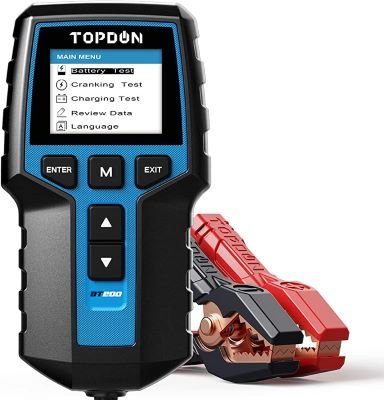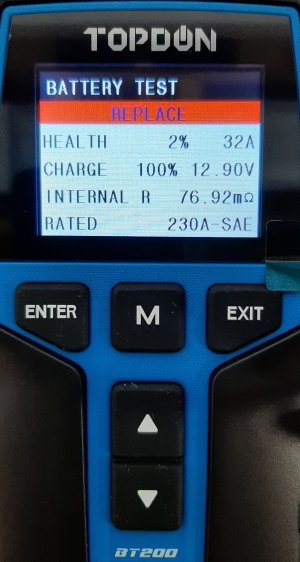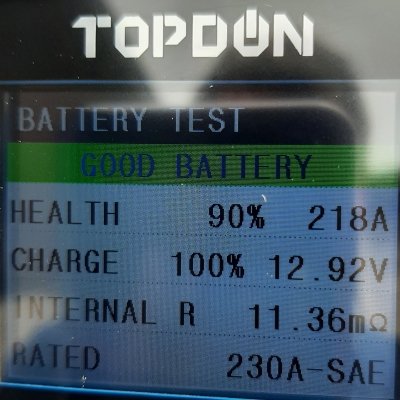globalrider
Alps Adventurer
My shortest lived battery at 7 years and 4+ months. Maybe its because I always connected it to the BMW Advanced Battery Charging System when the vehicle was parked; a first for me because typically I spot charge my batteries when the voltage is reduced. The BMW dealer I bought my 2016 R1200 GSA from included the charger/maintainer at no extra cost.
Noted it Charged to 14.38V (advertized safe for FLA, GEL and AGM battery) and then switched to Maintenance Mode at about 13.7V.
A safe charge voltage but a bit high for a GEL and a bit low for an AGM.
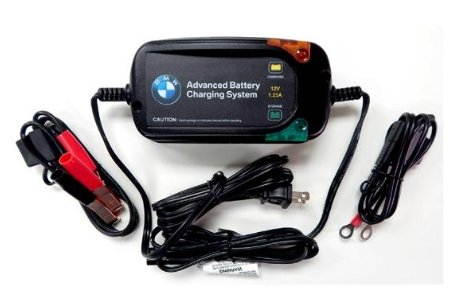
Battery was quite dead. All I could hear is a relay clicking. Checked the on-bike voltage and with the ignition on ~8V. Removed the battery and charged it to be sure, but when you see the low voltage creaping up to 14.4V FAST, you know the battery has no capacity. Did a load test and it decreased from 12.98V to 4V in 6 seconds. This is my first AGM battery in any of my vehicles. So much for high tech because my conventional FLA batteries last much longer.
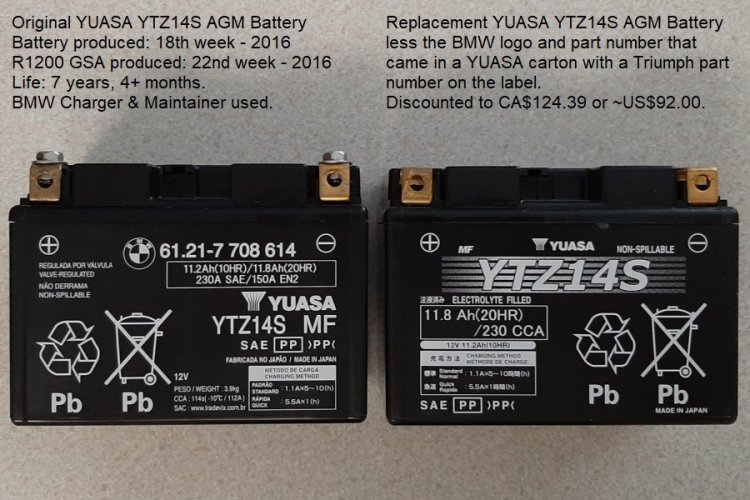
Anyway, if you are going for a ride with a friend who is coming over, start the motorcycle the day before to make sure. I did luckily; topped up my tires and hit the start button to get me to the gas station to fill up. Never got there! Don't you hate it when riders come over and they then all need to fill up before heading out.
Drove out early and picked up a new YUASA battery before he came over.
Noted it Charged to 14.38V (advertized safe for FLA, GEL and AGM battery) and then switched to Maintenance Mode at about 13.7V.
A safe charge voltage but a bit high for a GEL and a bit low for an AGM.

Battery was quite dead. All I could hear is a relay clicking. Checked the on-bike voltage and with the ignition on ~8V. Removed the battery and charged it to be sure, but when you see the low voltage creaping up to 14.4V FAST, you know the battery has no capacity. Did a load test and it decreased from 12.98V to 4V in 6 seconds. This is my first AGM battery in any of my vehicles. So much for high tech because my conventional FLA batteries last much longer.

Anyway, if you are going for a ride with a friend who is coming over, start the motorcycle the day before to make sure. I did luckily; topped up my tires and hit the start button to get me to the gas station to fill up. Never got there! Don't you hate it when riders come over and they then all need to fill up before heading out.

Drove out early and picked up a new YUASA battery before he came over.


